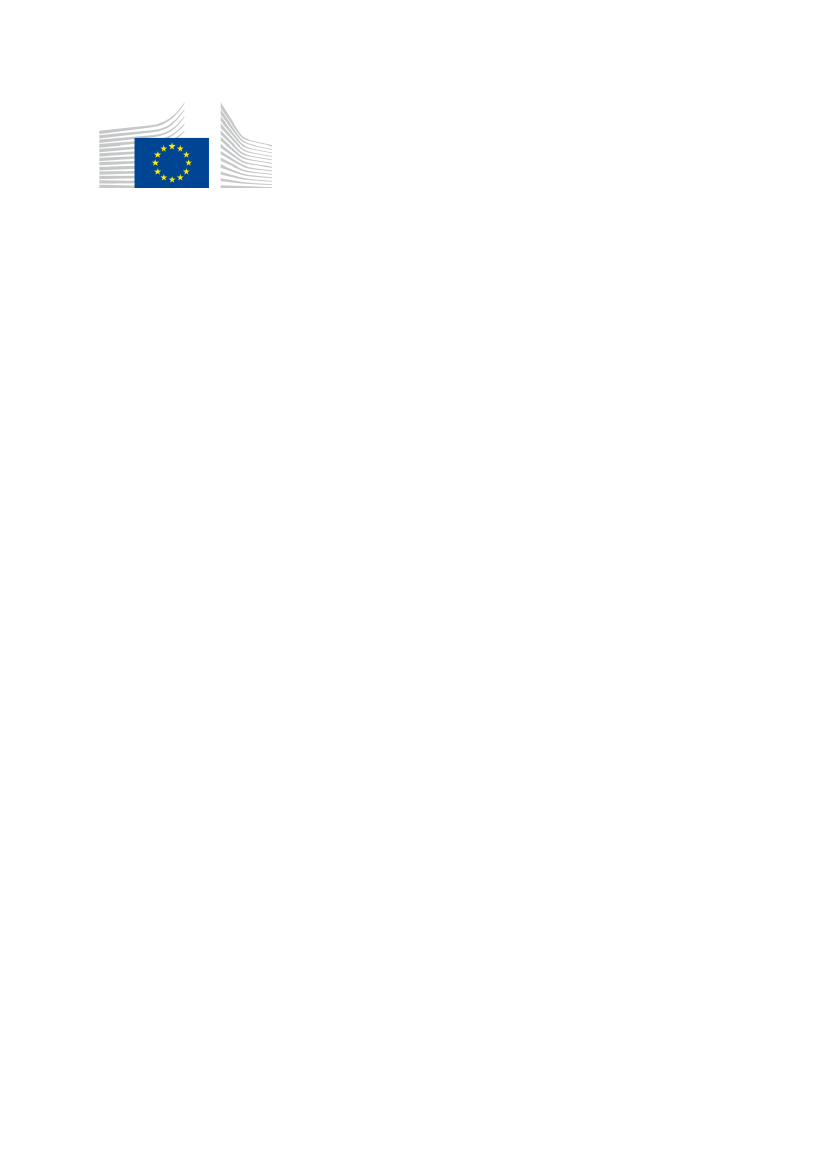
EUROPEAN
COMMISSION
Brussels, 17.10.2018
SWD(2018) 440 final
COMMISSION STAFF WORKING DOCUMENT
Annexes
Accompanying the document
Report from the Commission to the European Parliament and the Council
Implementing EU food and nutrition security policy commitments:
Third biennial report
{COM(2018) 699 final}
EN
EN